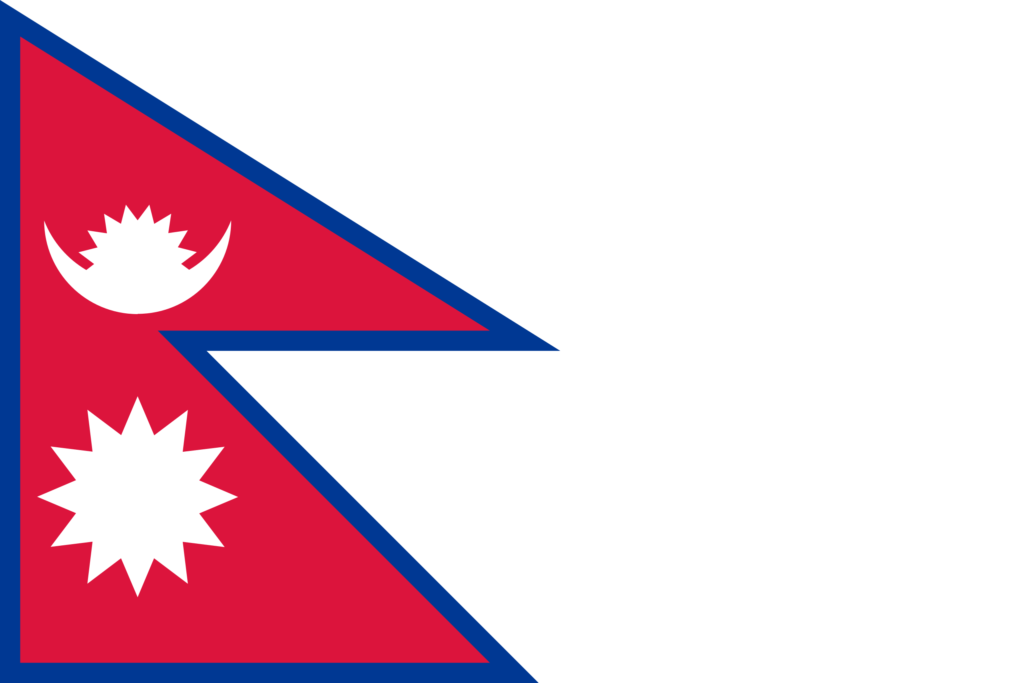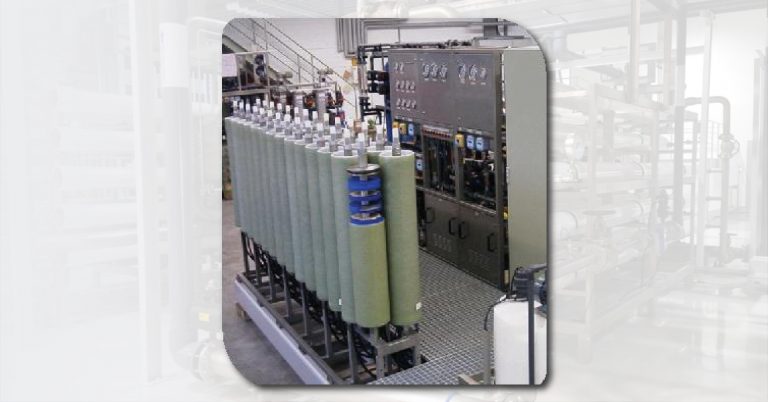Water quality has become a critical concern in Nepal due to increasing urbanization, industrialization, and environmental pollution. Access to clean and safe water is essential for public health and sustainable development. Among the many water treatment methods, the reverse osmosis process has emerged as a reliable and efficient solution for removing contaminants from water.
In this blog, we will discuss what the reverse osmosis process is, how the process of reverse osmosis works, and its role in water treatment systems in Nepal.
What Is the Reverse Osmosis Process?
The reverse osmosis process is a water purification method that removes contaminants, such as dissolved salts, bacteria, viruses, heavy metals, and organic compounds, by forcing water through a semi-permeable membrane. This membrane allows water molecules to pass while blocking larger molecules and impurities.
Unlike traditional filtration methods, the reverse osmosis process in water treatment uses pressure to drive water through the membrane, effectively separating impurities and delivering high-quality purified water. It is widely used in residential, industrial, and municipal applications across Nepal to address the challenges of water contamination.
Understanding the Process of Reverse Osmosis
The process of reverse osmosis involves several steps to ensure the efficient removal of contaminants from water. Here’s how the reverse osmosis process in water treatment works:
- Pre-Treatment
Before water enters the reverse osmosis system, it undergoes pre-treatment to remove larger particles like sediment, chlorine, and other chemicals that could damage the membrane. This step ensures the longevity and efficiency of the system. - Pressurization
Once pre-treated, water is pressurized using a high-pressure pump. This pressure is necessary to overcome the natural osmotic pressure and push water through the semi-permeable membrane. - Filtration Through the Membrane
The core of the reverse osmosis process occurs at the membrane stage. As water passes through the membrane, contaminants such as dissolved salts, bacteria, and organic matter are left behind, while clean water moves to the other side. - Post-Treatment
After filtration, the purified water undergoes post-treatment to adjust its pH and enhance its quality. Minerals may also be added back to improve the taste and nutritional value of the water. - Wastewater Disposal
The contaminants retained during the process are flushed out as wastewater. Proper management of this wastewater is essential to minimize environmental impact.
Why Is the Reverse Osmosis Process Important in Nepal?
The reverse osmosis process in water treatment is particularly crucial for Nepal, where water sources are often contaminated due to natural and man-made factors. These include agricultural runoff, industrial effluents, and microbial contamination.
The process of reverse osmosis offers an effective solution to tackle these challenges, providing safe and clean water for drinking, irrigation, and industrial use.
Applications of the Reverse Osmosis Process in Nepal
- Residential Water Purification
The reverse osmosis process is widely used in Nepalese households to provide safe drinking water, especially in urban areas where water quality is compromised. - Industrial Water Treatment
Industries in Nepal, including pharmaceuticals, textiles, and food and beverage, rely on the reverse osmosis process in water treatment to ensure the quality of water used in production processes. - Municipal Water Treatment
Municipalities use reverse osmosis systems to treat water at scale, ensuring access to clean water for large populations. - Agricultural Use
In regions where water salinity affects crop growth, the reverse osmosis process helps purify water for irrigation, improving agricultural productivity.
Versatile Water Treatment Solutions by Ion Exchange
HYDRAMEM RO Membranes, crafted from cross-linked, fully aromatic polyamide (thin film) composites, offer high performance across various water treatment applications. Designed to address different water quality challenges, these membranes are available in four primary categories: Low-pressure RO Membranes for energy-efficient purification, Brackish Water RO Membranes for moderate salinity waters, Fouling Resistant Membranes for applications prone to buildup, and Sea Water RO Membranes engineered for high-salinity environments. Each product is tailored to ensure optimal performance, efficiency, and durability across diverse treatment needs.
Conclusion
The reverse osmosis process is a cornerstone of water treatment in Nepal, addressing the country’s pressing need for clean and safe water. From removing harmful contaminants to improving water quality for diverse applications, this process offers a comprehensive solution for sustainable water management.


